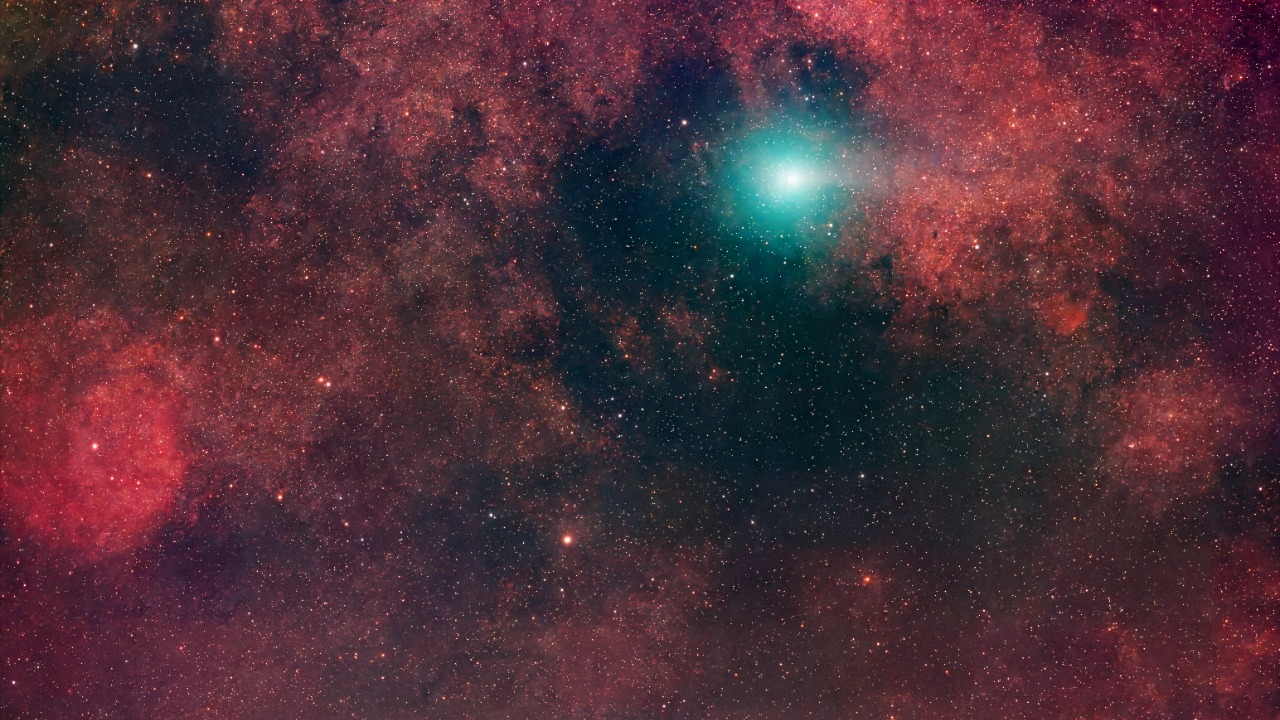
The James Webb Space Telescope (JWST) has recently made a groundbreaking discovery, detecting a potential signature of supermassive dark stars. This signature, characterized by a rare helium pattern, could be a key indicator of these elusive celestial bodies. This finding builds upon earlier discoveries suggesting the existence of the first-ever stars powered by dark matter, adding another piece to the cosmic puzzle that could potentially rewrite our understanding of astronomy.
What Are Dark Stars?
Dark stars are theoretical objects, distinct from traditional stars, that are thought to be powered by the annihilation of dark matter rather than nuclear fusion. These hypothetical stars could have formed in the early universe, growing to supermassive sizes due to the sustained heating from dark matter. This concept of dark stars offers a potential explanation for certain observations that challenge standard stellar evolution models, providing a new perspective on our understanding of the cosmos.
JWST’s Role in the Detection
The JWST’s advanced infrared capabilities have played a crucial role in this discovery. The telescope’s ability to peer into the early universe has enabled it to capture spectra from distant, ancient objects. Specific observations made by the JWST revealed the rare helium signature, indicating unusual chemical compositions not typically seen in conventional stars. The data analysis process involved the use of JWST’s Near-Infrared Spectrograph (NIRSpec) to identify potential dark star candidates, further solidifying the telescope’s role in this groundbreaking discovery.
The Rare Helium Signature Explained
The helium signature detected by the JWST is a key indicator of dark matter-powered processes. In these processes, helium lines in spectra appear brighter or shifted due to altered stellar atmospheres. This signature is distinct from those observed in known stars, emphasizing its rarity and serving as a “smoking gun” for the existence of supermassive dark stars. The recent reporting on this signature marks a significant breakthrough in the interpretation of JWST data.
Implications for Dark Matter Research
The detection of dark stars could provide direct evidence of dark matter’s role in the formation of cosmic structures, beyond just gravitational effects. This discovery could have significant impacts on models of the early universe, including the possibility that dark matter annihilation might have delayed traditional star formation. These findings tie into the notion of these celestial bodies being the first-ever stars powered by dark matter, adding another layer to our understanding of the universe.
Challenges in Confirming Dark Stars
While this discovery is significant, there are several observational hurdles to overcome. Distinguishing dark star signals from active galactic nuclei or other high-redshift phenomena in JWST images presents a significant challenge. Follow-up spectroscopy and multi-wavelength data are needed to rule out alternative explanations for the helium signature. Despite the speculative nature of this discovery, it adds to the cosmic mystery context that continues to intrigue astronomers and researchers alike.
Future Observations and Research Directions
Future observations and research will focus on hunting for more dark star candidates with similar helium signatures. Collaborations with other telescopes, such as the upcoming Extremely Large Telescope, could help verify the properties of these supermassive dark stars. Confirming the existence of these objects could lead to revisions in astronomical theories, echoing the potential for a rewrite of our understanding of the cosmos.
More from MorningOverview